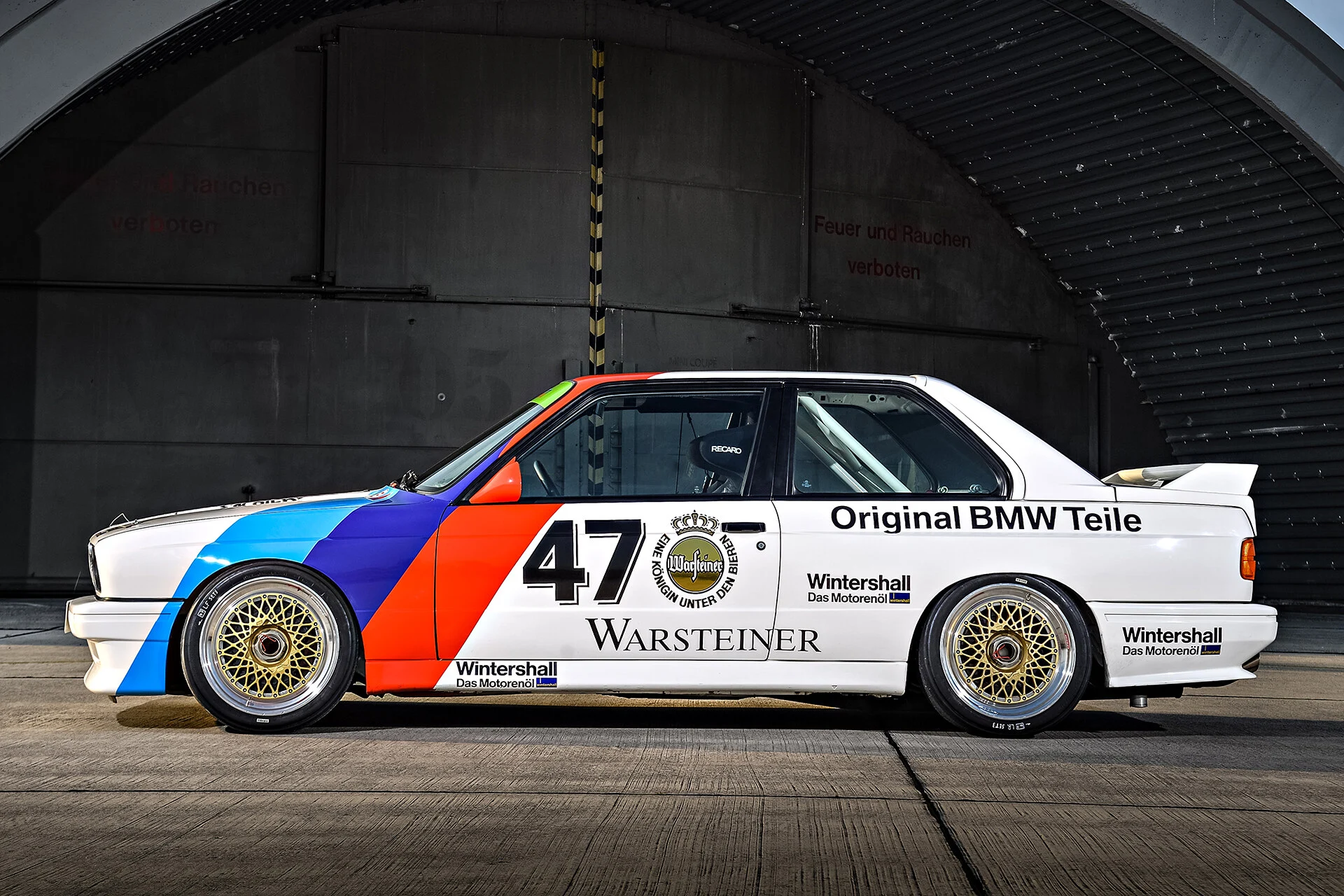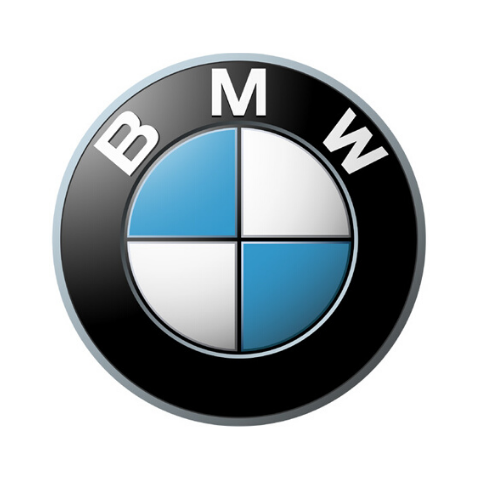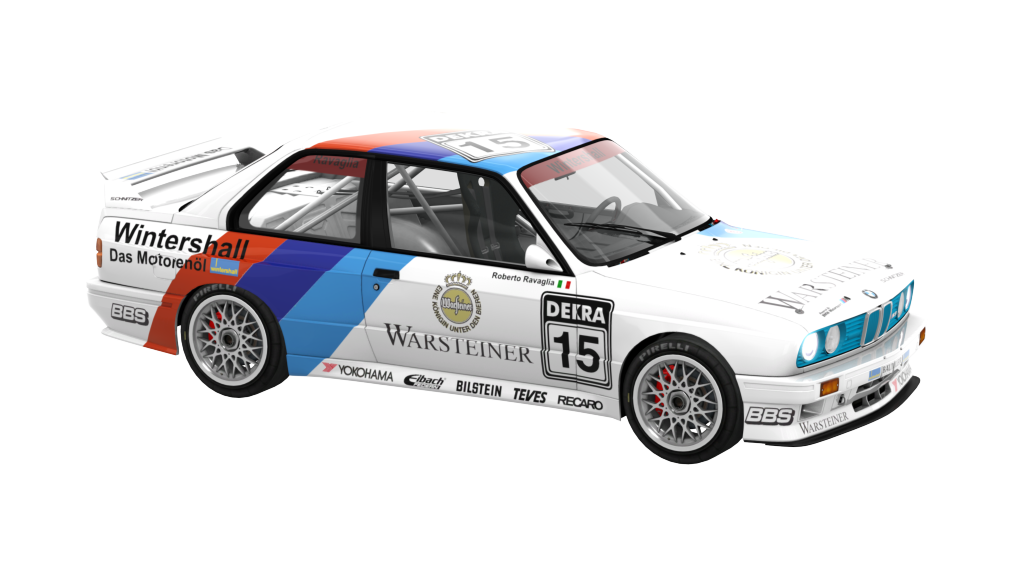BMW M3 E30 DTM Group A. The Queen of Tourism
16 December 2023 3 min read 5 images

Photo credit: BMW
Why. The first DTM Championship in history was held in Germany in 1984 and saw the victory of Volker Strycek driving a BMW 635 CSi. However, in the following two seasons, the title went to Volvo and Rover, prompting BMW to develop a high-performance version of the Series 3. Adhering to the Group A regulations of the time, which required race cars to be derived from a road car, BMW’s Motorsport division chose the newest and most compact car in the line-up, the E30 2-door sedan, as the starting point and subjected it to a high-performance makeover.
Register to unlock this article
Signing up is free and gives you access to hundreds of articles and additional benefits. See what’s included in your free membership. See what's included in your free membership.
Already have an account? Log In




